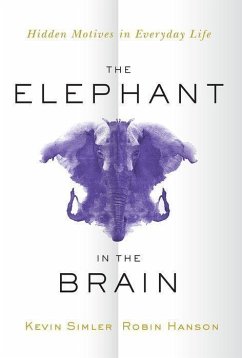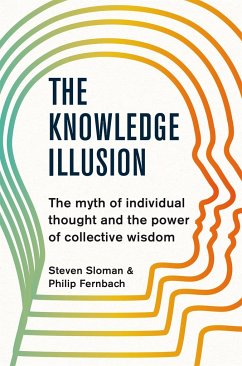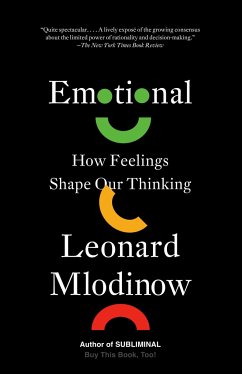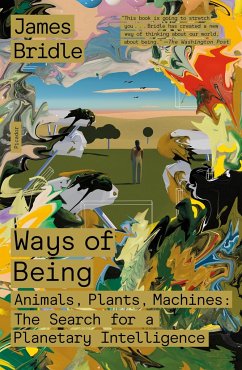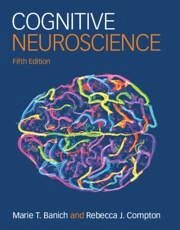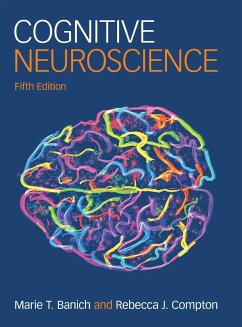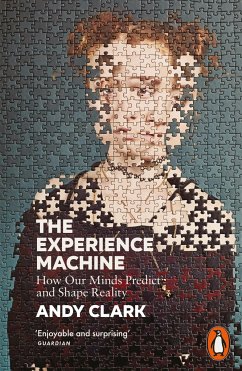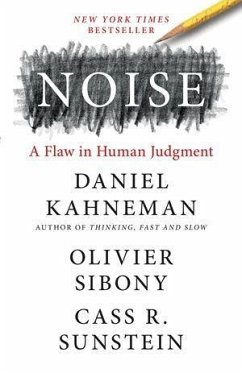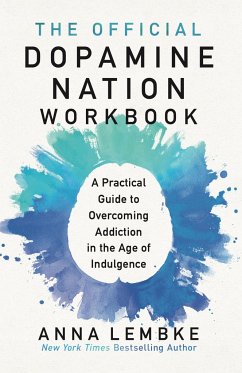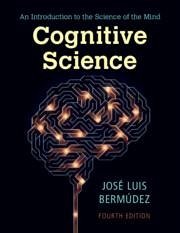
Cognitive Science
An Introduction to the Science of the Mind
Versandkostenfrei!
Ab 31. Januar 2026 wieder lieferbar
43,99 €
inkl. MwSt.
This popular textbook has been significantly rewritten for the fourth edition to make it more accessible to students and easier for instructors to use. It presents a unified and up-to-date introduction to cognitive science as a field of inquiry in its own right, and includes a new chapter on emotions.





